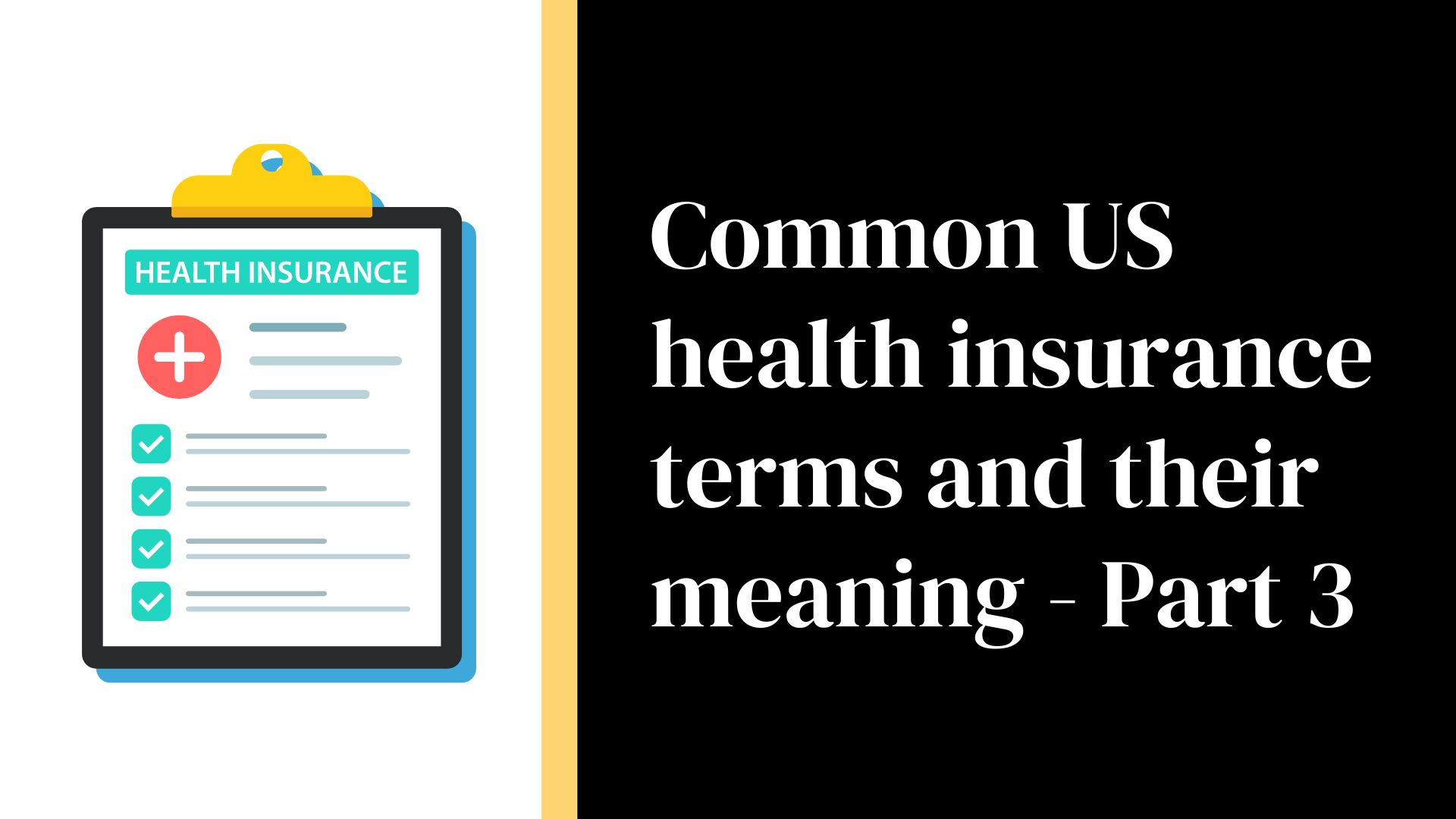In the U.S., health insurance is crucial for providing access to healthcare, safeguarding against financial hardship, encouraging preventive care, and meeting legal obligations.
Whether you’ve lived in the states your whole life, or are just entering the market from abroad, the language of health insurance can be hard to understand.
We have previously covered some of the most common health insurance terms you’ll come across, whether you’re employing staff or are the one using insurance as a patient.
Under the Affordable Care Act (ACA), most Americans are required to have health insurance coverage, either through their employer, a government program like Medicare or Medicaid, or by purchasing a plan through the health insurance marketplace.
Moreover, access to employer-sponsored health insurance can be a significant factor for individuals when choosing where to work, and it helps employers attract and retain talented employees.
Types of health care provider arrangements
- Exclusive providers – Enrollees must go to providers associated with the plan for all non-emergency care in order for the costs to be covered.
- Any providers – Enrollees may go to providers of their choice with no cost incentives to use a particular subset of providers.
- Mixture of providers – Enrollees may go to any provider but there is a cost incentive to use a particular subset of providers.
Common health insurance terms
Rider – Coverage options that allow you to enhance your basic insurance plan by paying an additional premium. A common example is a maternity rider.
Underwriting – The process through which health insurance companies decide whether to offer coverage to an applicant and/or determine the policy’s premium.
Waiting period – The period an employer requires a new employee to wait before becoming eligible for coverage under the company’s health plan. Additionally, the timeframe starts from a policy’s effective date during which a health plan may not cover benefits for certain pre-existing conditions.
Point-of-Service (POS) plan – A type of managed care plan that permits customers to use out-of-network providers, though typically at a higher cost (usually through increased coinsurance and/or deductible). The highest level of benefits is received when using in-network providers.
Health savings account (HSA) – A personal savings account that enables participants to pay for medical expenses using pre-tax dollars. HSAs are intended to work alongside a specific type of health insurance known as an HSA-qualified High-Deductible Health Plan (HDHP). HDHPs usually have lower monthly premiums compared to traditional health plans. With an HSA-qualified HDHP, customers can use the savings from lower premiums to invest in the HSA, which can then be used to cover future qualified medical expenses.
Explanation of benefits – Whenever your insurer pays for a service you’ve used, they send you an Explanation of Benefits (EOB). The EOB is a written statement from your insurance company detailing the claim, including the provider’s name and the date(s) of service. The insurer is also required to explain how your benefits were calculated. This may include the amount billed, the allowed amount, what the insurer paid, and any portion you may be responsible for.
Drug formulary – This is a list of drugs that an insurer will pay for. Drugs that are not on the formulary (“off-formulary”) are sometimes covered but are more expensive.
Discount Health Plans – Discount health plans are not insurance. They are organizations that negotiate discounts on medical services, often providing you with a card for this purpose. Providers are not required to accept the discount plan, so not all providers participate. Discount health plans do not meet the requirements for minimum essential coverage under the Affordable Care Act.
Evidence of Coverage – You can find your policy’s Evidence of Coverage (EOC) in the materials provided by your insurer or through your HR department if you receive coverage through work. The EOC serves as a guide to what is covered and what is excluded, how much you may need to pay in different situations, details on cost sharing, and other important information about using your coverage.
Independent Medical Review – This is a process that allows patients to seek an external, unbiased evaluation of their health insurance claim or treatment decision. California law provides for an Independent Medical Review (IMR) program, which is administered by the CDI or the DMHC depending upon what type of coverage you have.
Managed Care Plan – A managed care plan, also known as a Health Maintenance Organization (HMO), controls costs by requiring you to use their network of providers. You must choose a primary care physician from within this network to manage your care. Managed care plans are not classified as insurance and are regulated by the Department of Managed Health Care.
Medi-Cal – this is California’s version of the federal Medicaid program. This program generally covers lower-income families and single adults.
Medi-Cal Access Program (MCAP) – Specific to California, this program provides low-cost health insurance specifically to pregnant persons for the duration of their pregnancy and up to 365 days post-partum. You must be pregnant as of the application date, a California resident, not a recipient of no-cost Medi-Cal or Medicare Part A and Part B.
An experienced Employer of Record partner can provide full legal guidance and tailored healthcare administration for employees while ensuring compliance with state labor laws.
Disclaimer: This post is provided for informational purposes and should not be considered legal advice, the final word on this topic or a political opinion.
